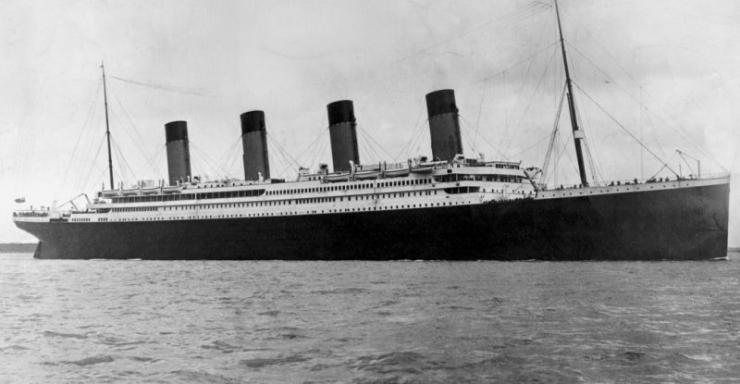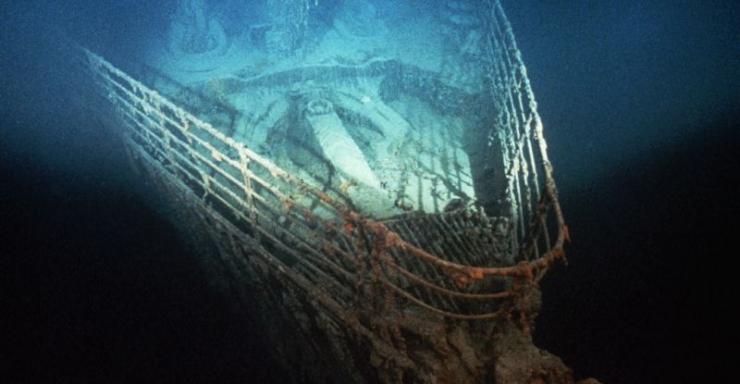On April 14, 1912, the RMS
Titanic collided with an iceberg and sank on her maiden voyage from Southampton, England, to New York City. The wreck is located about 370 miles off the coast of Newfoundland at a depth of about 12,500 feet (2.37 miles). The
Titanic was finally located in 1985 by a joint French-American expedition led by Jean-Louis Michel of IFREMER and Robert Ballard of the Woods Hole Oceanographic Institution.

Now, almost 105 years after the sinking, London-based travel company
Blue Marble Private will offer dives to the wreck site. Previously, the British company Deep Ocean Expeditions had been running
Titanic tours, but last brought tourists to the site in 2012.
Cost
According to Blue Marble Private, dives to the site will begin in May 2018 and the first voyage is already fully booked. The eight-day journey, beginning in Newfoundland, Canada, will cost $105,129 per person. The trips are in collaboration with OceanGate Expeditions, which created the titanium and carbon fiber submersible which will carry the crew and guests more than two miles below the ocean's surface.
The Trip
The trip will consist of three potential days of diving. The descent will take 90 minutes, followed by three hours exploring the remains of the Titanic, including the deck, the bow, the bridge, and the cavern where the grand staircase was once located. There will also be the opportunity to explore the ship's massive debris field. Guests will be known as "mission specialists" and will learn to assist the expedition team in the submersible and aboard the expedition yacht. Further missions are already planned for summer of 2019.

Blue Marble Private asserts: "Far fewer people have visited the wreck of the
Titanic than the number who have been to space or summited Mt. Everest – this is a once-in-a-lifetime experience and an expedition designed only for those with a truly adventurous spirit."
And this could be one of the last opportunities to visit. According to CNN, a 2016 study calimed that a recently discovered "extremophile bacteria" could eat away what's left of the famous shipwreck within 15 or 20 years.
 Now, almost 105 years after the sinking, London-based travel company Blue Marble Private will offer dives to the wreck site. Previously, the British company Deep Ocean Expeditions had been running Titanic tours, but last brought tourists to the site in 2012.
Now, almost 105 years after the sinking, London-based travel company Blue Marble Private will offer dives to the wreck site. Previously, the British company Deep Ocean Expeditions had been running Titanic tours, but last brought tourists to the site in 2012.
 Blue Marble Private asserts: "Far fewer people have visited the wreck of the Titanic than the number who have been to space or summited Mt. Everest – this is a once-in-a-lifetime experience and an expedition designed only for those with a truly adventurous spirit."
And this could be one of the last opportunities to visit. According to CNN, a 2016 study calimed that a recently discovered "extremophile bacteria" could eat away what's left of the famous shipwreck within 15 or 20 years.
Blue Marble Private asserts: "Far fewer people have visited the wreck of the Titanic than the number who have been to space or summited Mt. Everest – this is a once-in-a-lifetime experience and an expedition designed only for those with a truly adventurous spirit."
And this could be one of the last opportunities to visit. According to CNN, a 2016 study calimed that a recently discovered "extremophile bacteria" could eat away what's left of the famous shipwreck within 15 or 20 years.